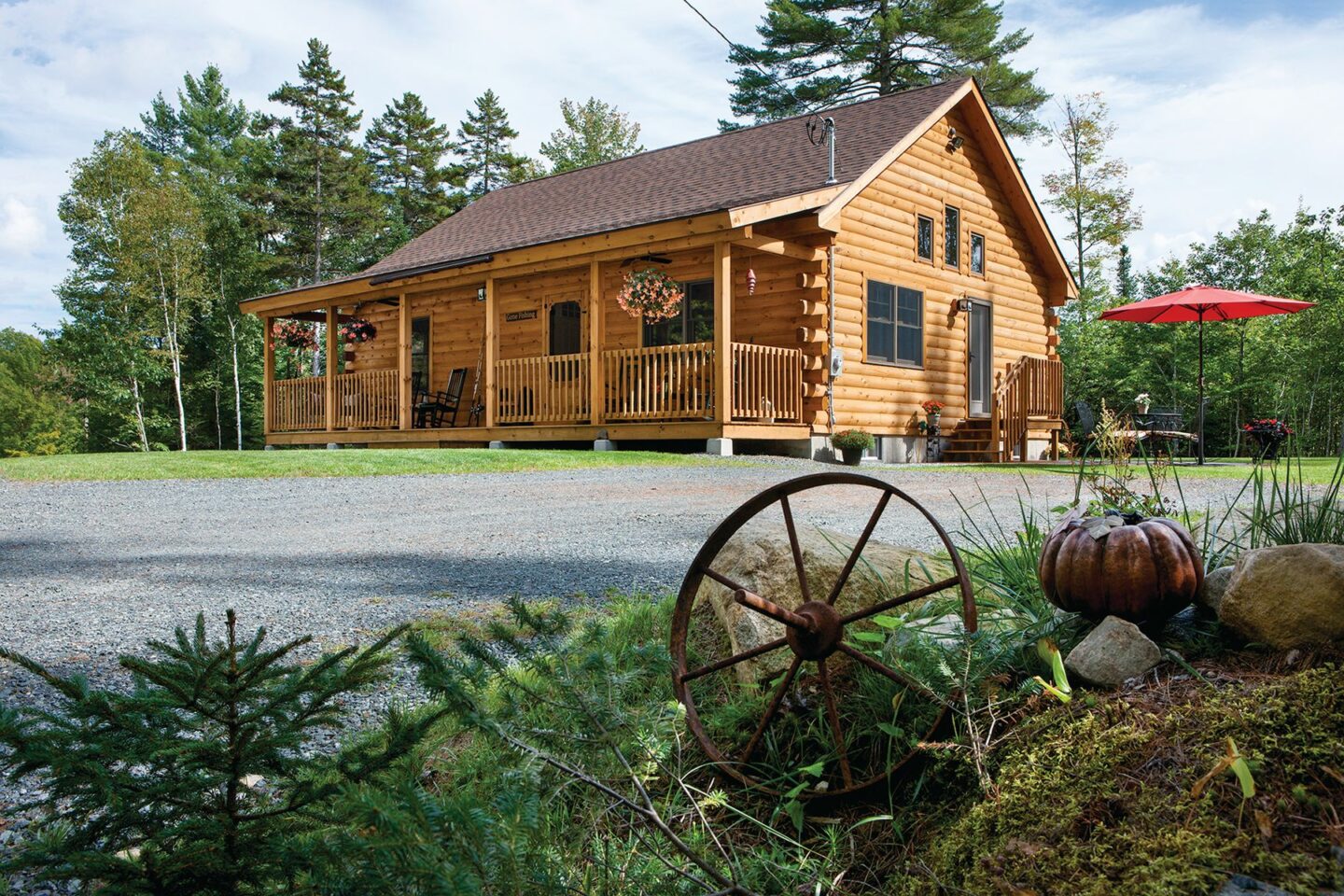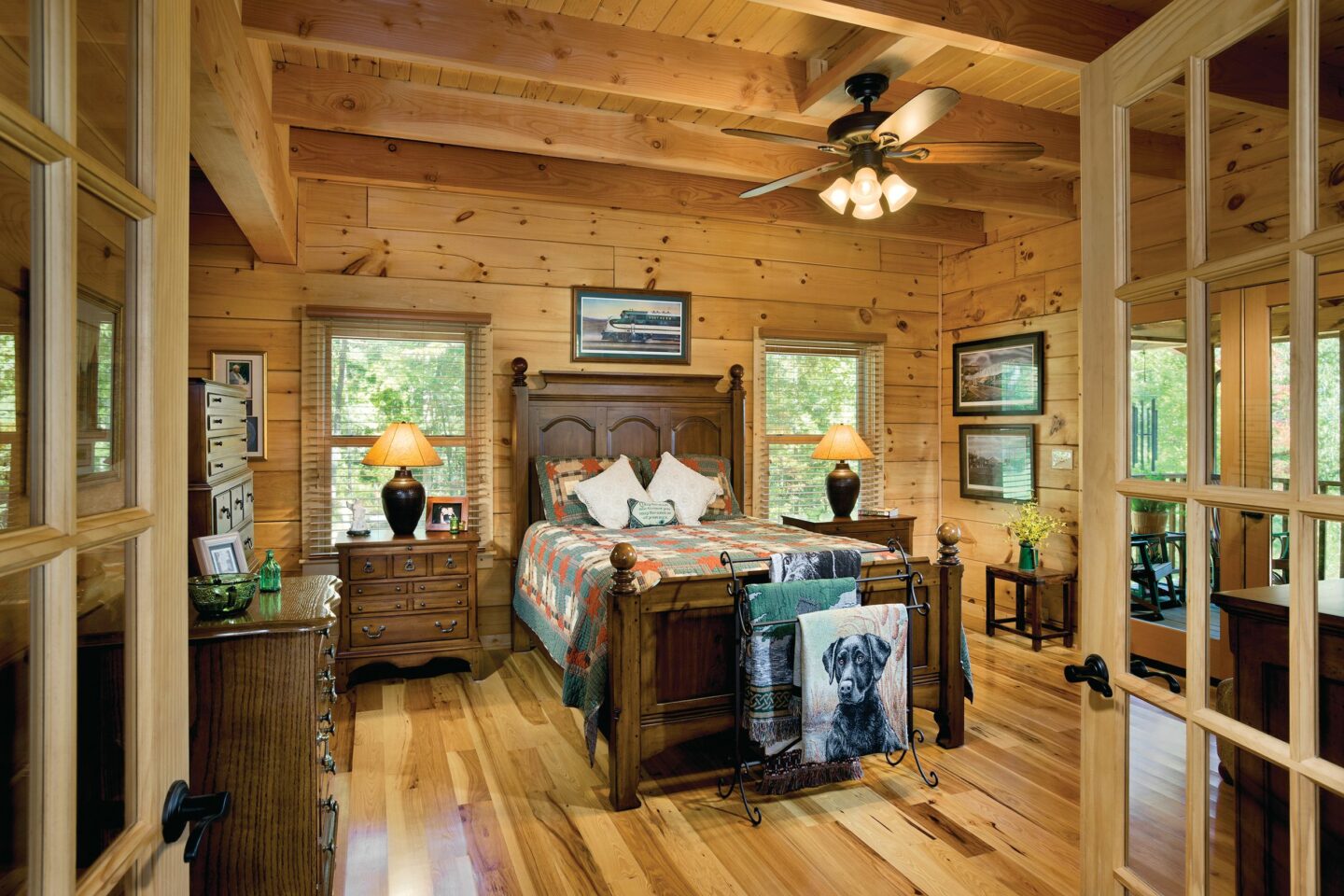A home with the right amount of space affords a simpler life with fewer worries and more time to do the things you love.
Who says bigger is always better? As baby boomers are retiring, they are finding that they no longer need large homes—but there’s no need to sacrifice comfort and quality just for a smaller footprint. Whether you’re going from 10,000 square feet to 5,000 or from 2,500 to 1,000, today’s downsized homes are built to be just the right size for you. You don’t have to compromise your lifestyle by sacrificing the amenities you want in your new smaller home.
“People choose to change their living situations for a variety of reasons,” says Denise Wenacur, principal designer at DW Design & Decor LLC in Croton, New York. “They may want more freedom and they may not want to deal with property, or they may want two residences, so they are splitting their belongings in two.”
Wenacur recalls a recent client who moved into a much smaller home in order to have the freedom—and funds—to travel around the world. “The same principles apply as we transition from having children to teenagers to adult children and grandchildren. Your priorities change,” says Wenacur.
PLANNING/DESIGNING
In any home project, your lifestyle should drive the design. That’s especially true when you are planning to downsize, but want to avoid losing comfort. Your home designer should ask about your lifestyle in order to understand how you will use the spaces in your home and figure out where to save space.
“I have a series of questions that I go through. It’s almost like an interview,” says Remington Brown, design manager at StoneMill Manufacturing in Knoxville, Tennessee. “I try to get a feel for their lifestyle. How do you plan to live in your home? Do you entertain? Will you have family over?”
Brown says that people often come in with ideas about what they think they need, or don’t need, but after getting clarifying questions from us, they realize what the real priorities are. He advises spending some time talking with people who have built or downsized—or with a home-design professional for useful tips and advice.

“The biggest hurdle is the mental and emotional aspect. You are going to have to make some sacrifices,” says Brown. “I have people make a list of wants versus needs. Be ready to part with some of those wants.” At the same time, willingness to part with square footage may allow you to choose higher-end finishes or luxury appliances.
Celeste Haase, design manager at PFB Custom Homes in Meridian, Idaho, frequently works with empty nesters who are downsizing but want to include space for visiting family. “Think about the spaces you’re actually going to use,” says Haase. “If you’re not actually using a space in your current home, what’s the point of having it?”
Downsizing doesn’t just mean less space to work with. It has the benefit of less house to heat, cool, and maintain. “Many of our clients want something that’s going to be easier to clean and maintain,” says Haase. “We’ll do a lot of primary resident living on the main floor and then additional bedrooms upstairs or downstairs or keep everything on the main level.”
Areas that you’ll spend a lot of time in are just more comfortable with a little elbow room. “Spaces like the kitchen and master bathroom, transitions from kitchen to great room: people think they can shrink those spaces, but they regret it later,” says Haase. On the other hand, if you never cook at home, why dedicate a lot of space to the kitchen?
Ask yourself about each room. Do you really need an office, or will a desk nook in the kitchen suffice? Do you love hiking or boating? If you’re a family that enjoys spending time outdoors, it doesn’t make sense to cut the mud room or gear storage out of your plan, but if that’s not part of your lifestyle, those may be spaces you can shrink or eliminate.
You can also be flexible and assign rooms dual purposes. If you don’t need a dedicated home office, that space can flex as a guest room. If your most frequent visitors will be grandchildren, create a bunkroom instead of separate guest bedrooms, or let them have a sleepover in the den. “Sectionals and sleepers have come a long way and have much higher-end mattresses,” says Wenacur. “The versatility is wonderful, because when the bed is not in use, you still have a space for everyone to gather.”
DESIGN YOUR KITCHEN THE RIGHT SIZE
Out of all the rooms in your house, the kitchen might be the one that is most important to get the “right” size. A functional kitchen is essential, and it can be hard to save space without impacting functionality. A professional kitchen designer can help you determine the right size your kitchen should be to meet your needs.
Two of the most important considerations in a kitchen are traffic flow and storage space. If you squeeze all of your appliances into one corner, you’ll have a major traffic jam every time you prepare a meal, while a lack of adequate storage space will frustrate any home cook.
If you anticipate occasional entertaining, building in enough space for a kitchen island or peninsula with seating may allow you to reduce the size of your dining area. An island also provides additional storage space and creates a visual break between the kitchen and great room without cutting it off completely.
DESIGN YOUR LIVING ROOM THE RIGHT SIZE
If you are a family that spends a lot of time at home, there’s no doubt the living room or great room will get heavy use. For many families, the great room–alongwith the kitchen–is really the heart of the home.
Even if you’re often on the go, you want the great room to be as comfortable as possible. Think about your furniture–if you can’t part with the antique rocker you inherited from your grandmother but want room for a cozy recliner as well, make that part of the plan.
Don’t forget about your outdoor living space! You can easily double the amount of room you have to stretch (depending on the season) if you design your outdoor living space to flow directly from the great room.
DESIGN BEDROOMS THE RIGHT SIZE
Don’t skimp on the master bedroom! It’s the first room you’ll see in the morning and the last room you’ll see when you close your eyes at night. Make sure you plan enough space to accommodate your furnishings. You can even measure your current bedroom to better gauge what you need. A walk-in closet is sensible in a home of any size and can double as linen storage, eliminating the need for a separate linen closet.
“I typically ask the size of the bed and accommodate for nightstands automatically,” says Mark Wrightman, sales and design consultant at True North Log Homes in Bracebridge, Ontario. “The best way to evaluate bedroom size is to visit a client’s house or walk through a model home. Most people visualize space better in person rather than on paper.”
Downsizing may mean less space, but when done thoughtfully, it can also result in more freedom, more efficient use of space, and more money to spend on the things that are most important to you. “It’s all about making room for new experiences and new chapters in your life,” says Wenacur.

